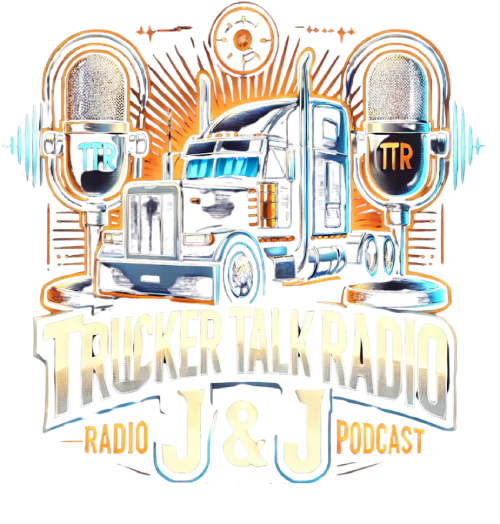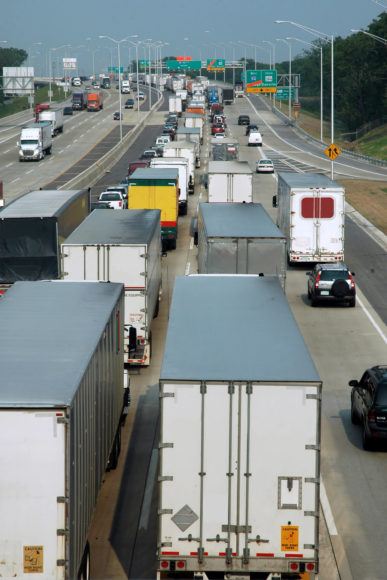According to a recent report, the widespread adoption of fully autonomous vehicle technology could result in the loss of up to four million jobs in trucking, bus, delivery, and taxi driving.
The report from the progressive think tank Center for Global Policy Solutions (CGPS) notes that over 30 companies, including major automakers like BMW, Daimler, and Ford, as well as tech leaders such as Apple, Uber, and Google, are actively working on autonomous vehicle technologies, making the displacement of transportation workers a pressing reality rather than mere speculation.
“Stick Shift: Autonomous Vehicles, Driving Jobs, and the Future of Work” highlights that the impact will not be uniform; certain states and demographic groups, particularly men and people of color, will face greater economic challenges. States like North Dakota, Idaho, Wyoming, West Virginia, Mississippi, Arkansas, Iowa, and Indiana have a higher concentration of driving-related jobs, which generally pay more than non-driving sectors.
The authors warn that many workers could encounter job losses and wage declines in both driving and non-driving roles. The economic fallout in these regions could be substantial, with Dr. Maya Rockeymoore, CGPS president and CEO, emphasizing the urgent need for a robust safety net to support workers amid rapid job losses.
While opinions vary on the timeline for driverless trucks, with many citing regulatory and cost factors, advancements in autonomous vehicle research continue to accelerate. Noteworthy developments include Daimler Trucks North America’s licensed Freightliner Inspiration Truck, and Uber’s acquisition of self-driving startup Otto, which plans to launch freight transport using autonomous vehicles.
Data from the CGPS report indicates that 77 percent of the nation’s 4.1 million driving jobs are held by delivery and heavy truck drivers, followed by 14 percent bus drivers and 8 percent taxi and chauffeur drivers. Notably, the workforce is predominantly male, with 3.6 million men compared to around 500,000 women in these roles.
The report also outlines significant racial and ethnic disparities within these jobs. Black workers represent roughly 4.23 percent of driving occupations, while Hispanic and Native American workers are also notably overrepresented. The loss of these driving jobs would notably affect these groups, as their median wages in driving roles are considerably higher than in non-driving jobs. CGPS recommends several policy measures, including unemployment insurance and job training programs, to minimize job losses and aid affected workers in transition.


